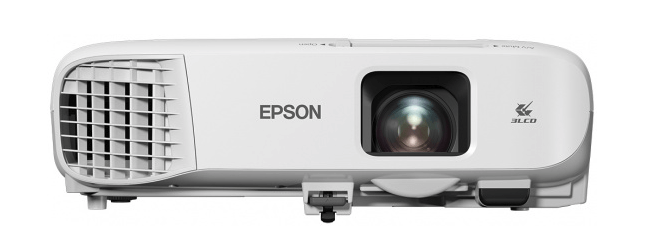The modern teaching environment is almost unrecognisable from that even twenty years ago. Technology has permeated virtually every aspect of the teaching environment, solving many of the issues teachers have encountered since the dawn of their profession, whilst creating a few of its own.
Nevertheless, few teachers now would swap the current teaching environment for one from a previous generation, and that’s for one simple reason – convenience. Gone are the days of handing out dozens of copies of the same photocopied information, and gone are the days of fussing around with overhead projectors.
Those pains have been replaced with smart boards and projectors, which instantly display anything that’s on a connected computer’s screen.
Like any technology though, there’s always something you can get wrong and when you’re buying your technology, more than a few ways to mess it all up.
As a leading supplier of audio-visual technology for schools, we’re often asked what types of technology are right for educational environments. Specifically, which types of projectors are best for schools. Well, in this guide, we’re going to share with you exactly which specifications are ideally suited to schools.
The Projector Type: Data Projector
Every piece of technology is designed with certain use cases in mind, and projectors are no different. Some are designed for home use, to bring out the best in your favourite movies, TV shows and video games. Others are designed for practical applications, like signage. Then there are projectors which are designed specifically for business and education use.
Those latter projectors are known as data projectors and are specifically designed to handle word documents, spreadsheets, web-pages and just about anything else a school would reasonably expect to broadcast via a projector.
Of course, they’ll still be able to show anything any other type of projector can, but their specifications are carefully tailored to bring the best out of typical school use-cases. So, when you’re shopping for a school projector, look for a data projector.
The Aspect Ratio: 4:3
Confused by the various aspect ratios offered by projectors? Don’t be. The aspect ratio is simply the shape of the projection. Typically, projectors offer one of two aspect ratios; 4:3 and 19:9, although there are exceptions.
A 4:3 aspect ratio will be familiar to anyone who’s used a computer before – it’s the almost-square shape of most PC monitors. This aspect ratio emphasises height, making word documents, web-pages and virtually any data document easier to read.
A 16:9 aspect ratio is far more cinematic, with a widescreen that’s best suited for movies, TV shows and games. It’s the aspect ratio that virtually every TV set is in.
For schools, then, a 4:3 aspect ratio is the right choice.
The Bulb Choice: Lamp
The big shift in projector technology at the moment is in the bulb technology used. Lamp projectors have been commonplace for two decades now, but laser projectors are creating a new segment of the market.
But which is best for your school? Given budget constraints, lamp projectors are often the best choice. They offer bright, clear images in a package which should last year after year, at a much lower cost than a laser projector.
If budget is no issue, however, laser projectors are at the very forefront of the technology. Offering far brighter images with greater contrast and lower maintenance requirements.
Got any more questions for us? Get in touch with a member of our team today.



